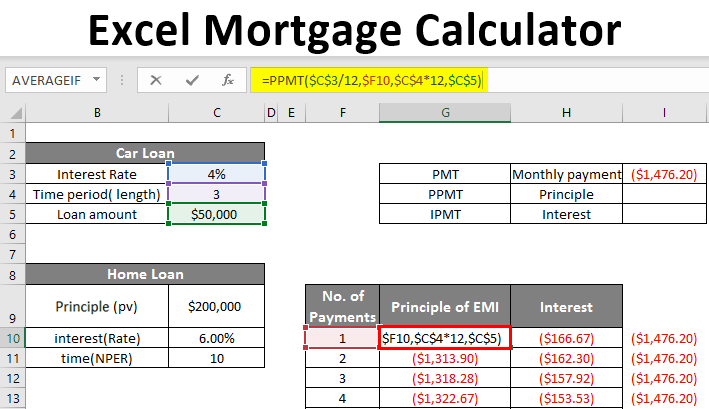how do i do percent on a calculator
How Do I Do Percent on a Calculator?
Calculating percentages is a common task that many of us encounter in our daily lives. Whether you're figuring out a tip at a restaurant, calculating discounts during a sale, or analyzing data in a spreadsheet, knowing how to use a calculator to handle percentages can be incredibly useful. In this article, we'll explore step-by-step how you can effectively use a calculator to do percentages, all explained in a straightforward manner.
Table of Contents
Sr#
Headings
1
Understanding Percentages
2
Basic Percent Calculations
3
Using a Basic Calculator
4
Applying Percentages in Real Life
5
Calculating Percentage Increase/Decrease
6
Percentages in Business
7
Advanced Percentage Calculations
8
Percent Error Calculation
9
Tips and Tricks
10
Conclusion
1. Understanding Percentages
Percentages represent parts of a whole in terms of 100. For instance, 25% means 25 out of 100 parts. Understanding this basic concept is key to using percentages effectively in calculations.
2. Basic Percent Calculations
Calculating percentages involves simple arithmetic. To find HERE of a number, you multiply the number by the percentage and divide by 100. For example, finding 20% of 150 involves the calculation 20100×150\=30\frac20100 \times 150 = 3010020×150\=30.
3. Using a Basic Calculator
Modern calculators make percentage calculations easy. Enter the number, press the percentage key (%), input the percentage you want to calculate, and then press equals (=) to get the result instantly.
4. Applying Percentages in Real Life
Practical examples include calculating discounts during sales, determining tax amounts, or even figuring out growth rates in investments. These everyday applications highlight the importance of mastering percentage calculations.
5. Calculating Percentage Increase/Decrease
To calculate percentage increase or decrease, use the formula New-nbsp;Value−Old-nbsp;ValueOld-nbsp;Value×100\frac\textNew Value – \textOld Value\textOld Value \times 100Old-nbsp;ValueNew-nbsp;Value−Old-nbsp;Value×100. This helps analyze changes over time or assess performance metrics.
6. Percentages in Business
Business contexts often involve percentages in financial statements, profit margins, and market shares. Accurate calculations are crucial for making informed business decisions.
7. Advanced Percentage Calculations
Beyond basic calculations, advanced scenarios may include compound interest calculations, statistical analysis, or complex financial modeling where precise percentage calculations are essential.
8. Percent Error Calculation
Percent error is used to quantify the difference between an estimated value and an actual value. It's calculated using Measured-nbsp;Value−True-nbsp;ValueTrue-nbsp;Value×100\frac\textMeasured Value – \textTrue Value\textTrue Value \times 100True-nbsp;ValueMeasured-nbsp;Value−True-nbsp;Value×100.
9. Tips and Tricks
- Round to Whole Numbers: For quick estimates, rounding percentages to whole numbers simplifies mental math.
- Use Memory Functions: Many calculators have memory functions to store results for cumulative calculations.
- Verify Results: Always double-check calculations to ensure accuracy, especially in critical applications like finance.
10. Conclusion
Mastering percentage calculations on a calculator empowers you to handle various mathematical tasks efficiently. Whether for personal finance, business analysis, or educational purposes, knowing how to leverage percentages effectively is a valuable skill.
Frequently Asked Questions (FAQs)
1. How do I calculate percentages manually? 
